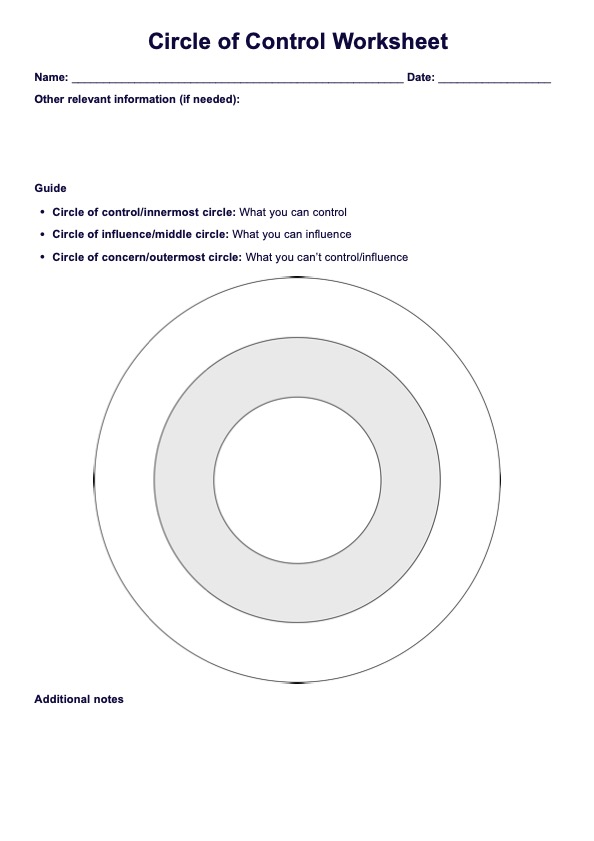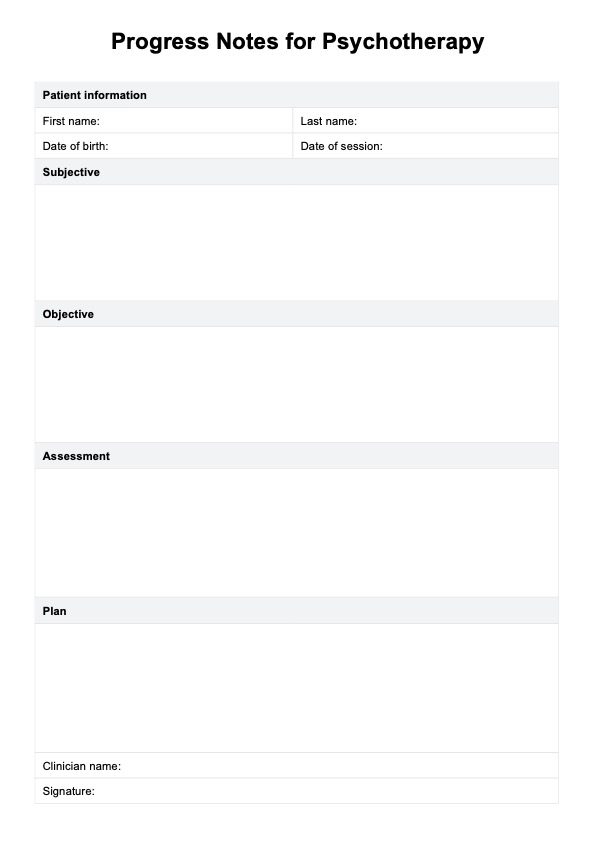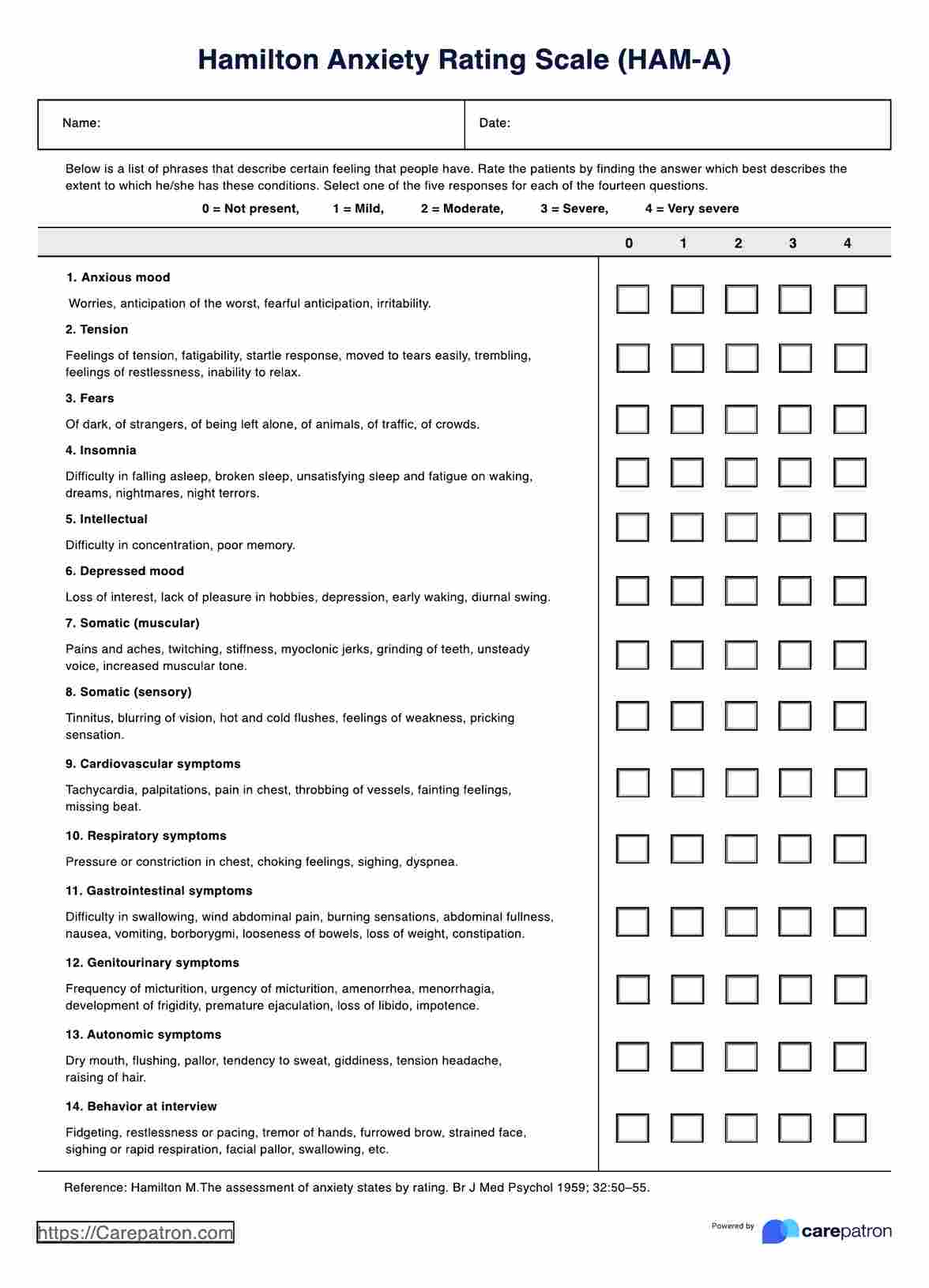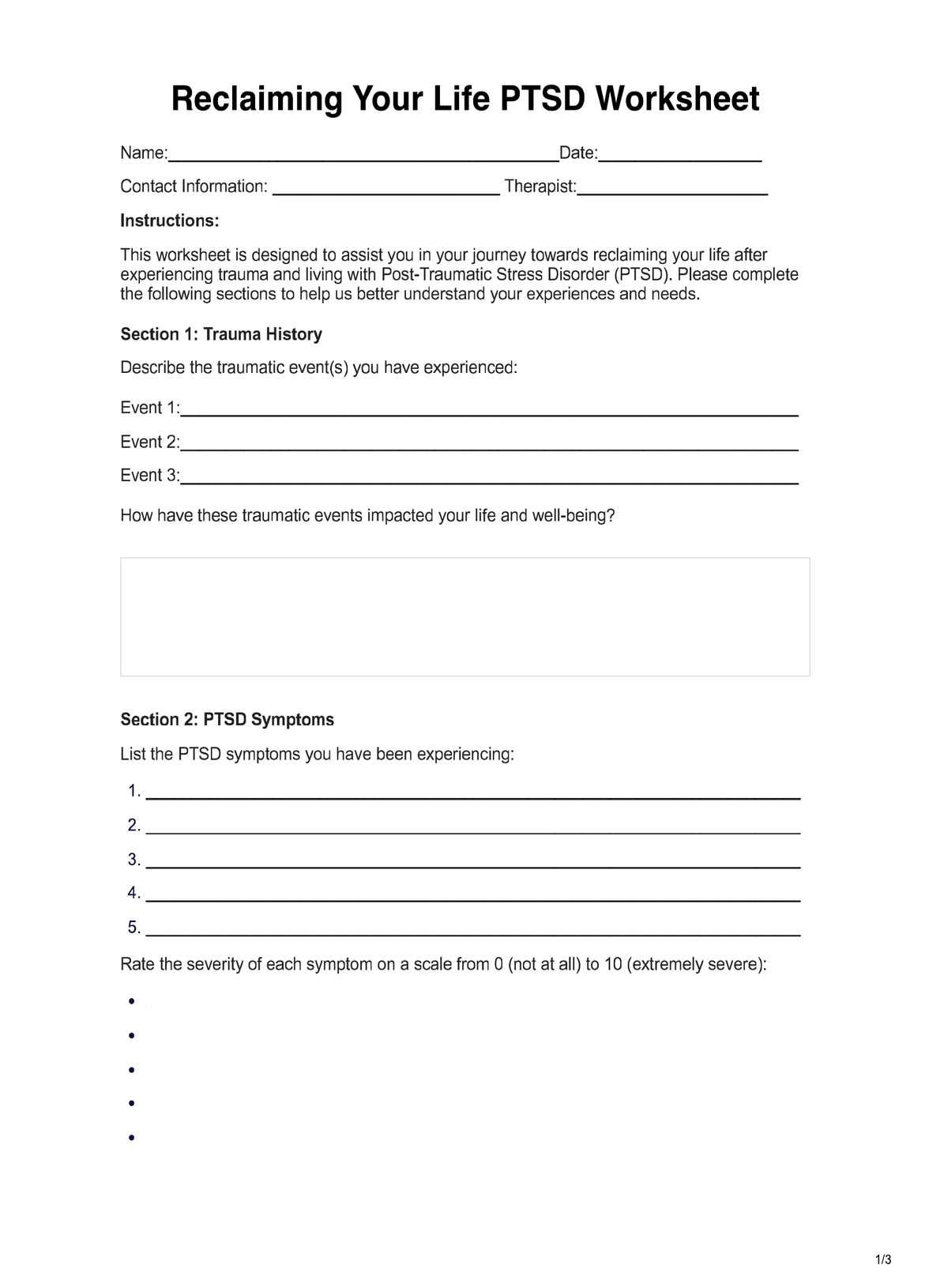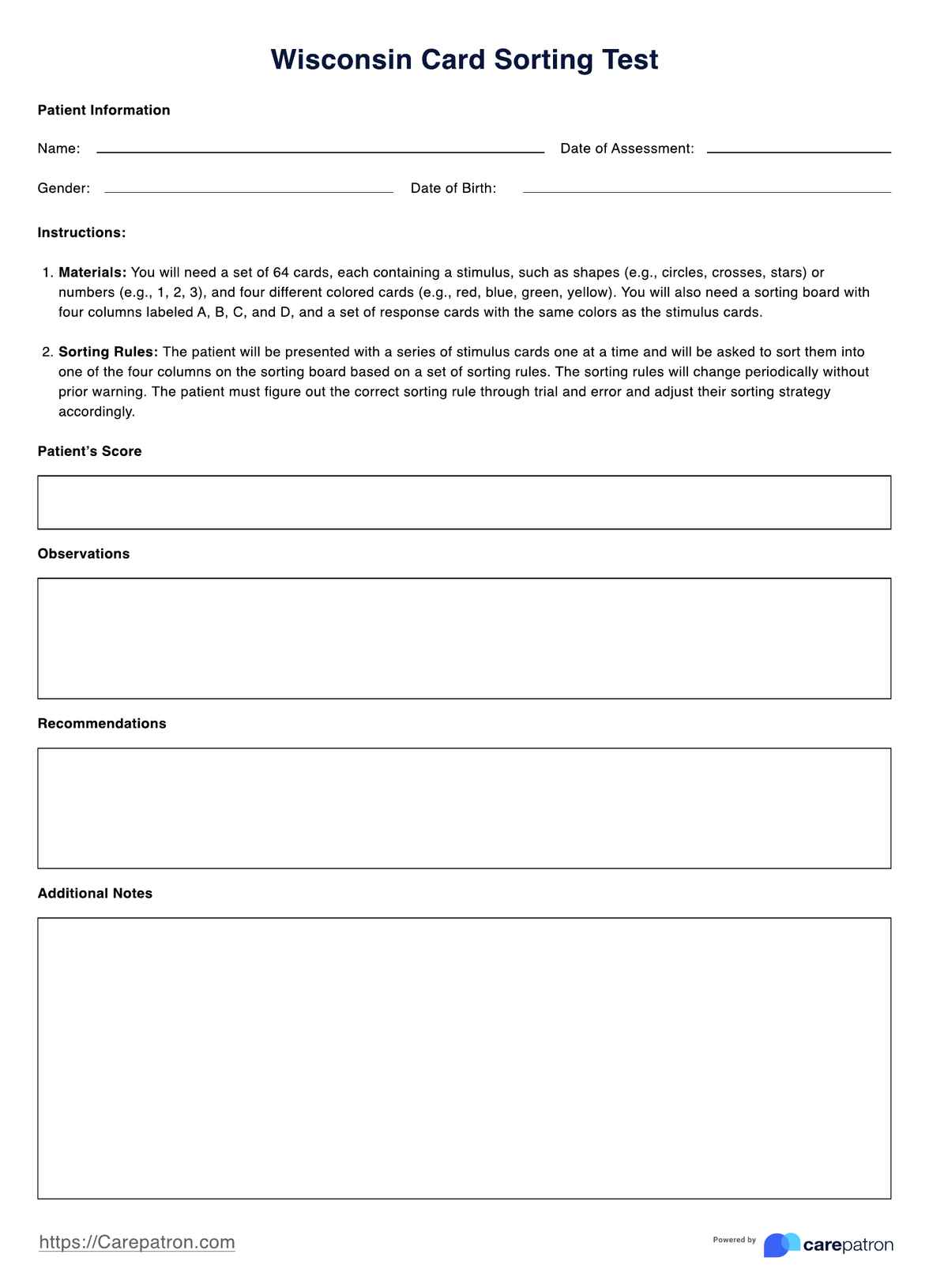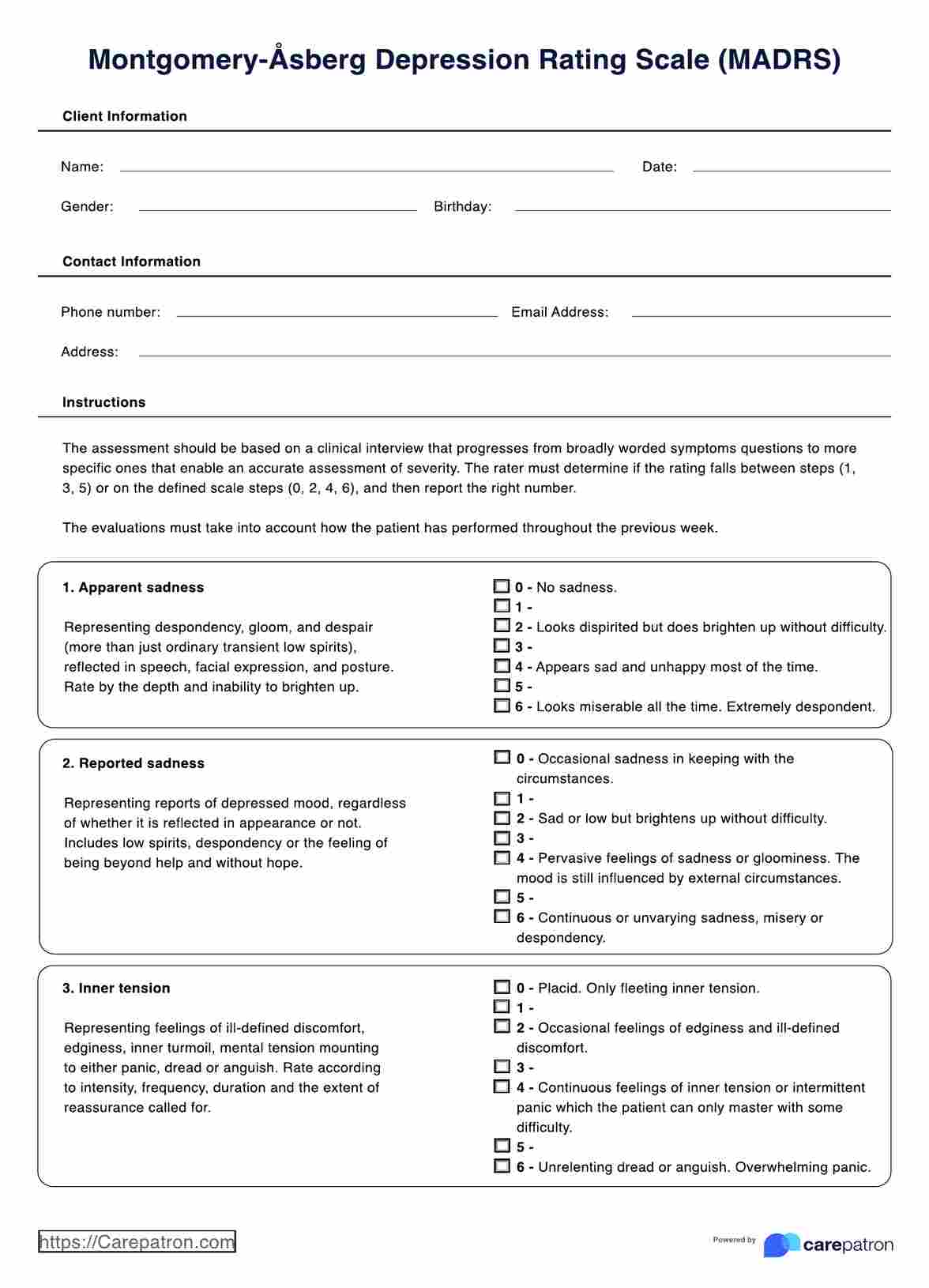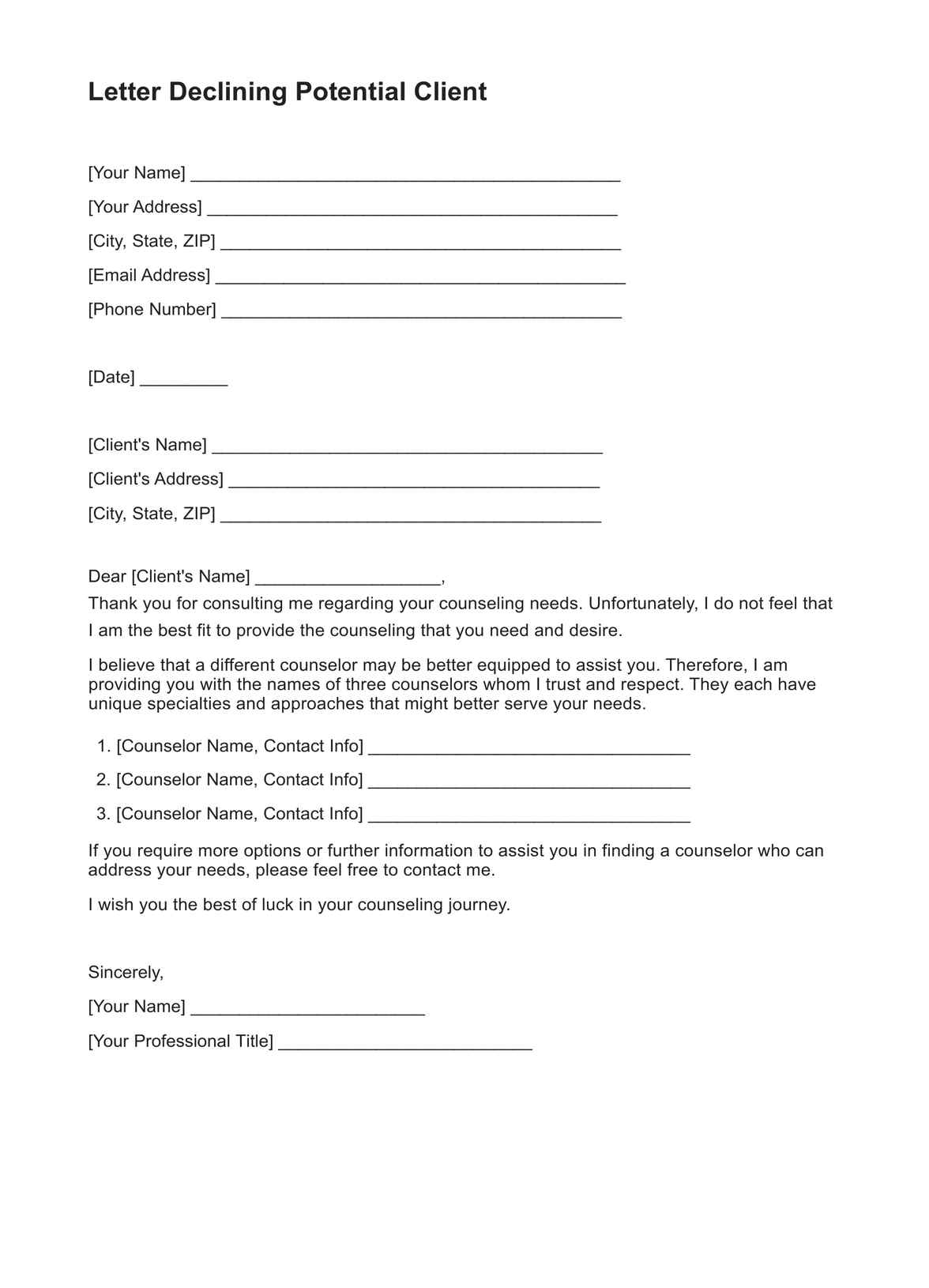EFT Treatment Plan
Access an EFT Treatment Plan template for devising productive, emotionally focused couples therapy sessions focused on restructuring negative interaction cycles.


What is emotionally focused therapy?
Emotionally focused therapy (EFT) is a type of talk therapy that emphasizes the influence of emotional experience in psychotherapeutic change. It operates on the premise that emotional responsiveness underpins healthy attachments, thus improving this can enhance secure connections. EFT is typically used to address relationship distress, and negative patterns or interaction cycles between romantic partners.
With roots in attachment theory, EFT aims to help clients process and communicate suppressed or underlying emotions to improve self-awareness in the context of resolving relationship issues. Through focused couples therapy or emotionally focused family therapy sessions, clients work to accept their emotions and understand their partner's feelings.
This therapeutic approach is comprised of three stages:
- De-escalation: Focuses on reducing negative interactions to create a safer emotional environment.
- Restructuring interactions: Aims to improve emotional responsiveness and foster positive cycles of interaction.
- Consolidation: Solidifies the changes, integrating new interaction patterns into the relationship's fabric for long-term stability.
During these stages, the therapist helps the couple or family identify attachment-related insecurities, needs, and interaction patterns, reframing key relationship issues and promoting emotional awareness.
EFT Treatment Plan Template
EFT Treatment Plan Example
How to use the EFT Treatment Plan template
This EFT Treatment Plan template has been specifically formulated to help therapists, social workers and counselors implement EFT techniques and strategies in their practice. Here's how the template works:
Step 1: Access the template
Click the "Use template" button on this page to open the template in the Carepatron app, where it can be customized. Alternatively, click the "Download" button to access a ready-to-go PDF version.
Step 2: Input key information
Record crucial client details, as well as the date and planned number of sessions.
Step 3: Record issues and objectives
Describe the primary issues the clients are seeking therapy for (e.g. fear of emotional intimacy), including any clinical diagnoses. It should be clear based on this description why EFT has been selected as the therapeutic approach. Collaborate with the clients to determine the main treatment goals.
Step 4: Plan intervention strategies
Plan EFT interventions for each of the three stages. Ensure the strategies, exercises and tasks for each are specifically recorded. You may wish to indicate which session number each exercise will be assigned to. Optionally, you can then use these lists of techniques to structure the next two or three sections.
Step 5: Monitoring and follow-up
Plan a date for assessing client progress part-way through the treatment plan. At this point, assess any strategies that are not working and make necessary adjustments to the treatment plan.
Common EFT interventions and techniques
Emotionally focused therapy offers a variety of interventions designed to facilitate emotional bonding, enhance communication, and promote relational healing. Here are some EFT interventions commonly used in therapy sessions:
Communication and emotional expression
Effective communication and emotional openness are essential for intimacy in relationships. These techniques help partners express themselves authentically and empathetically, fostering a deeper emotional bond.
- Building therapeutic alliance: First, an emotionally focused therapist will work to establish rapport with their clients, creating a supportive environment and emotional safety. In couples therapy, this may also involve initial de-escalation between the partners.
- Reflective listening: Therapists encourage partners to actively listen to each other's experiences without interruption or judgment. Reflective listening fosters empathy and validation, helping clients understand and value their partner's emotional experience.
- Identifying negative interaction cycles: Partners identify recurring patterns of conflict or disconnection in their relationship. By recognizing these negative interaction cycles, partners can interrupt dysfunctional behaviors and create healthier patterns of emotional responsiveness.
- Emotion coaching: Therapists teach partners how to recognize and regulate their emotions and respond empathetically to each other's emotions. Emotion coaching helps partners build emotional intelligence and strengthen their emotional connection.
- Promoting vulnerability: Therapists encourage partners to share vulnerable emotions and experiences. By fostering vulnerability, partners deepen their intimacy and trust, leading to greater relational satisfaction.
Understanding and insight
Understanding relationship dynamics through attachment exploration and enactments helps partners gain insight into their relational patterns and attachment behaviors, paving the way for meaningful change and healing.
- Attachment exploration: Therapists explore each partner's attachment history and style, and how past attachment injuries influence present relational dynamics. By understanding insecurities and needs, partners can develop greater compassion and empathy for each other.
- Enactments: Therapists facilitate role-plays or enactments of past or present interactions to help partners experience and understand their relational dynamics more fully. Enactments provide opportunities for partners to practice new behaviors and repair past hurts.
- Identifying primary emotions: Therapists will often guide their clients to recognize underlying emotions (or primary emotions) that might underpin secondary emotional responses. This fosters self-compassion and promotes emotional intimacy between partners.
Behavioral change and practice
Practice and behavioral change are essential for improving relationships. These intervention strategies are aimed at increasing positive interactions and helping clients maintain emotional regulation skills in their everyday life.
- Restructuring interactions: Therapists guide partners in practicing new interactions that promote closeness and connection. Partners learn to communicate effectively, resolve conflicts constructively, and meet each other's emotional needs.
- Creating rituals of connection: Therapists assist partners in developing rituals or routines that strengthen their bond and build a sense of security in the relationship. Rituals of connection can include daily check-ins, shared activities, or unique gestures of affection.
- Homework assignments: Therapists assign homework exercises between sessions to reinforce learning and practice new skills in real-life situations. Homework assignments may include communication exercises, journaling prompts, or relationship-building activities.
Benefits of using an EFT Treatment Plan
Using this free EFT Treatment Plan template provides therapists with a platform to create thorough intervention plans targeted at increasing clients' emotional resilience, communication skills, and creating a more secure bond within interpersonal relationships. Here are some key benefits:
Optimized efficiency
Using this free template allows mental health professionals to spend less time creating quality emotionally-focused therapy plans. Furthermore, this document efficiently guides emotionally-focused therapists through planning a comprehensive therapy process targeted to their clients' needs.
Accurate record-keeping
This free template is a simple way for therapists and counselors to record their proposed treatment plan. Having accurate, comprehensive documentation of planned EFT interventions is useful both for the couple's therapist to refer back to during the treatment process and for any potential future auditing.
Easy progress tracking
Having a comprehensive EFT Treatment Plan on hand provides therapists with a reference point with which to measure their clients' progress. Being able to compare how the clients are tracking with the planned therapeutic course allows therapists to identify any strategies that are not working and make appropriate adjustments.
Commonly asked questions
Emotionally focused therapy (EFT) treatment is designed to be a relatively short-term intervention to interrupt maladaptive behavioral patterns and establish new interaction patterns. EFT typically involves 8 to 20 sessions, depending on patient outcomes, the complexity of the issues, the emotional engagement of the clients, and the rate of progress.
The main goals of emotionally focused therapy (EFT) are to enhance emotional connection, improve communication, promote acceptance, and foster secure attachment bonds between partners.
Emotionally focused therapy (EFT) differs from different therapy approaches by focusing on emotions and attachment dynamics within relationships, prioritizing the creation of a secure emotional bond between partners as a pathway to healing and relational satisfaction.


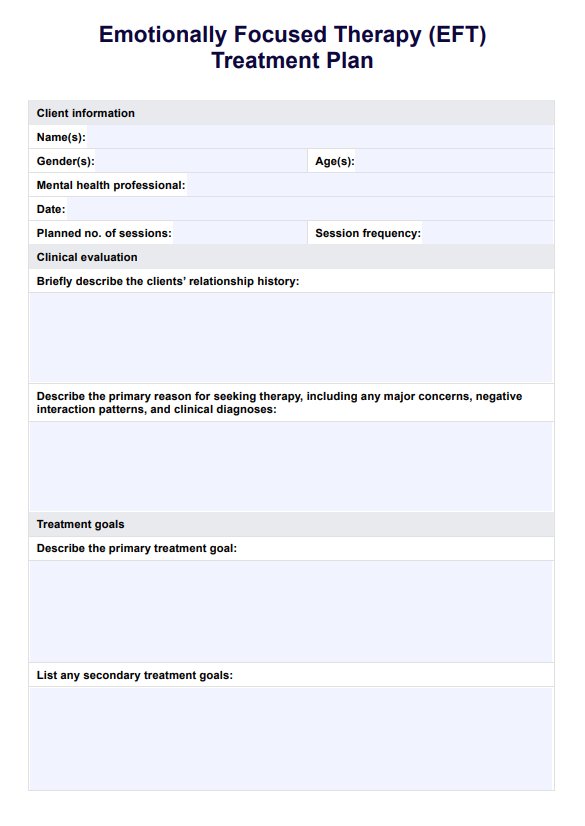
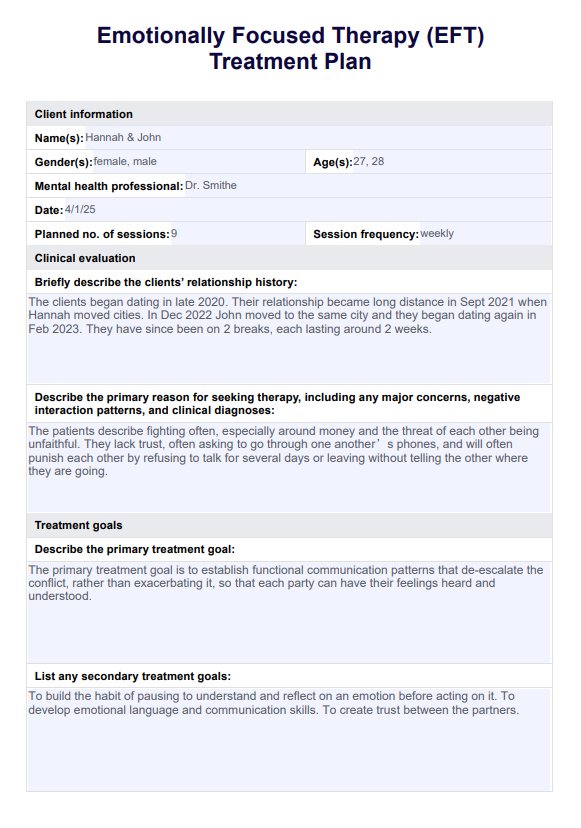

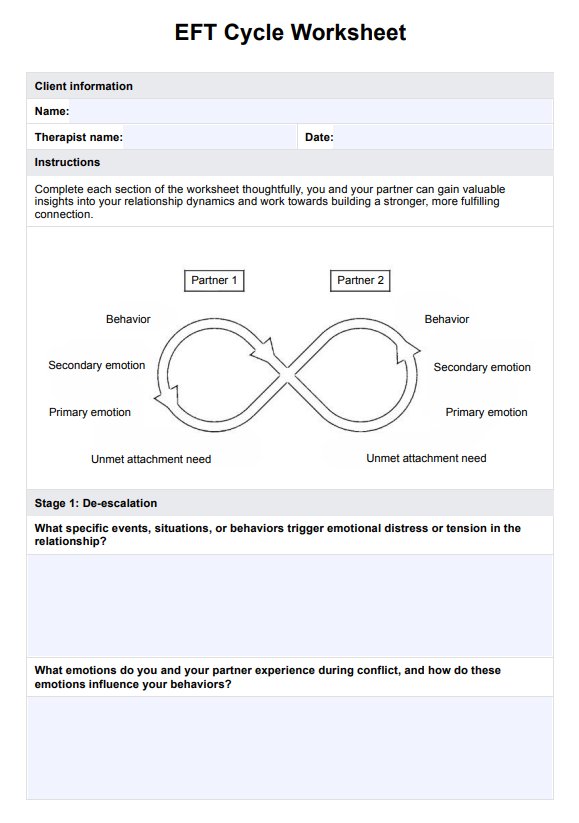
















-template.jpg)



















































































